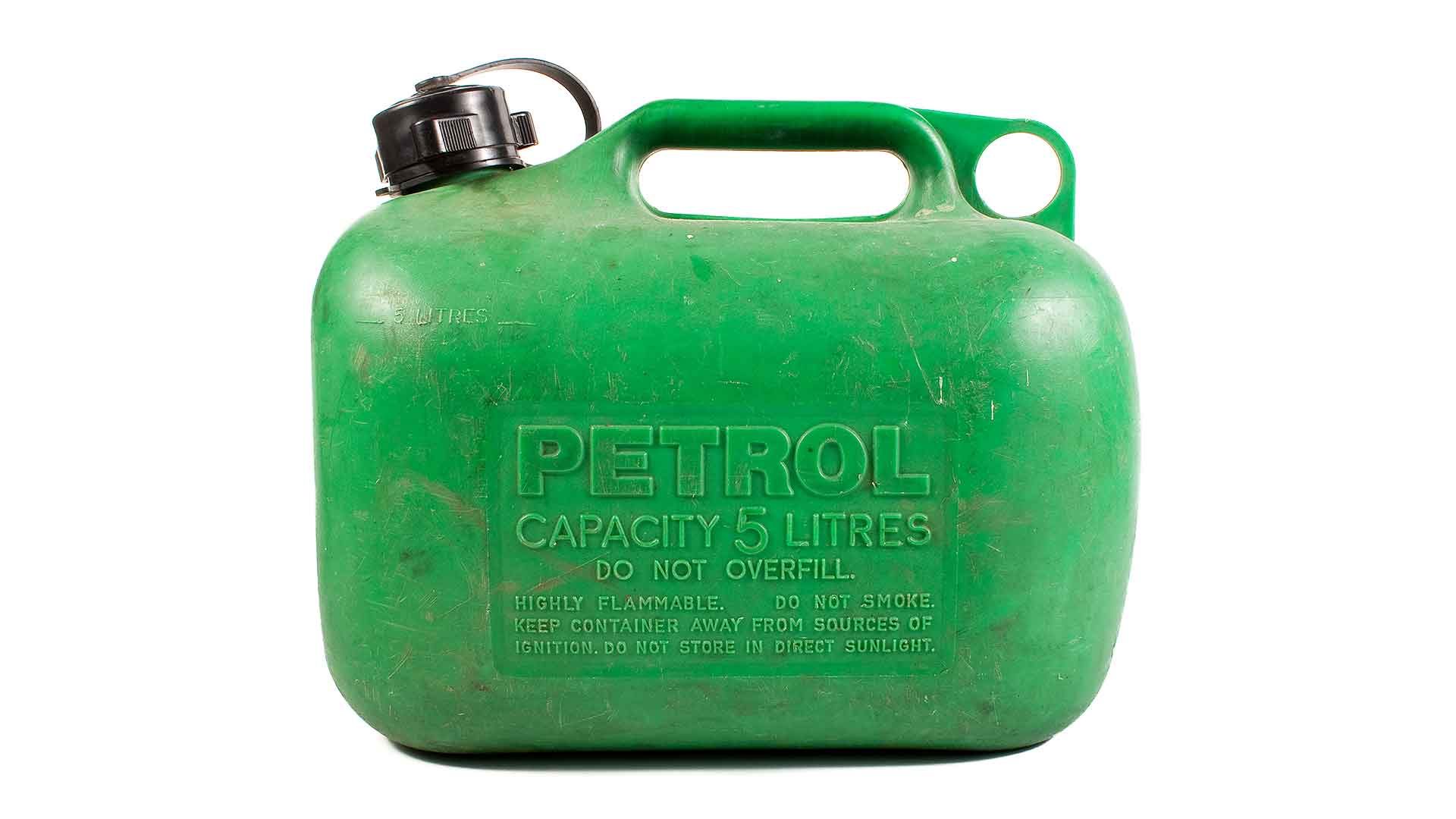
Sales of jerry cans have soared as motorists look to top up on fuel during the current filling station shortages.
Halfords says that sales of jerry cans and plastic fuel containers have rocketed 1,656 percent.
The term ‘jerry can’ is now Halfords’ fourth most popular search term, with searches soaring 1,100 percent in a week.
Despite the AA advising motorists against storing petrol and diesel in their cars, something it says is “incredibly, incredibly dangerous”, many motorists are still seeking to maximise the amount of fuel they purchase during a visit.
There is no specific law forbidding the storage of fuel in containers though; the Health and Safety Executive merely advises not doing so unless you absolutely have to.
However, unless your fuel container is in good condition, the police can still class it as a “dangerous load” or “may be hazardous”.
Halfords says that sales of e-bikes have also gone up, as motorists look to avoid driving entirely during the current fuel shortages.
Orders for electric bikes have more than doubled since the crisis began.
What is the law on filling petrol cans at garages?
It is legal to fill petrol and diesel jerry cans at filling stations – but there are some rules around it.
If it is a metal container – the traditional ‘jerry can’ type – the total motorists can store is capped at 20 litres.
Motorists are allowed to hold no more than a total of 10 litres in plastic cans.
The traditional jerry can typically holds 10 litres and plastic cans hold 5 litres: motorists are allowed to only carry two of each, meaning the maximum they can carry is 30 litres – two 10-litre jerry cans and two 5-litre plastic cans.
All cans must be clearly marked with the words ‘petrol’ and ‘highly flammable’.
The containers must be “robust and not liable to break under the normal conditions of use”. They should also stop the escape of petrol vapour.
Petrol should also be carried in the boot, not in the passenger compartment.
ALSO READ
What to do if you fill your car with the wrong fuel